This book is the story of how the first botanical collectors and plant-hunters began their exciting voyages of discovery in the previously forbidden Kingdom of Nepal, the richest botanical area of the fabled Himalaya, that was just beginning to become accessible in the early nineteenth century. The first was Dr. Francis Buchanan (later Francis Hamilton) in 1802-3, who was a prolific writer of detailed reports on his expeditions and whose collections went to the Natural History Museum in London, including an almost lost Flora of Nepal, which was never published. Following him the remarkable first British Ambassador to the court of the Rajah of Nepal, the Hon. Edward Gardner, took up botany to while away the time he had on his hands from 1816-1820 while gradually creating better relations with the formerly hostile Nepalese Gorkhas. Yet his story has been almost unknown to botanists and historians alike, even though his collected herbarium-specimens survive at the Natural History Museum in London and, along with Buchanan’s, from the basis of the earliest study of Hiamalayan plants, David Don’s once savagely criticised, but nevertheless most important foundation-work, the Prodromus Florae Nepalensis of 1824. Finally the story is told of the famous Dr. Nathaniel Wallich, Superintendent of the botanical gardens at Calcutta for the Hon’ble ‘East India Company, and Asia’s foremost botanical pioneer, whose lifetime of dedication to Botany opened up the secrets of the rich botanical diversity of much of Asia to scientific study. His work took him to Nepal in 1821-22, where he proceeded to catalogue the Nepalese flora, and wrote a detailed book on Nepalese ferns that had lain unnoticed in a cupboard in Calcutta, unknown to all botanists, for nearly 200 years until rediscovered by the author in 2003. Wallich’s energetic collection, study and work on the largest collection ever brought to England resulted in a great leap forward in botanical research throughout Europe and Asia on an international scale due to his cataloguing and distribution of over 200,000 duplicate specimens. His charming personality and the many trials of his life in the fever-ridden tropics of Bengal etc. are touched on in these pages, but remarkably did not serve to deter his botanical zeal and endeavour in any way. This book is intended to provide historical information to help today’s botanists to be familiar with the background to their research and in understanding the important early collections on which the names of many species depend for their typification and identity. Full references are given in the text to enable further research and enquiry into the subject. A detailed study of David Don’s Nepalese ferns by the same author is planned to follow.
An Annotated Checklist of Indian Pteridophytes, Part 1: Lycopodiaceae to Thelypteridaceae
Ferns and fern-allies are ...
$245.25
$272.50

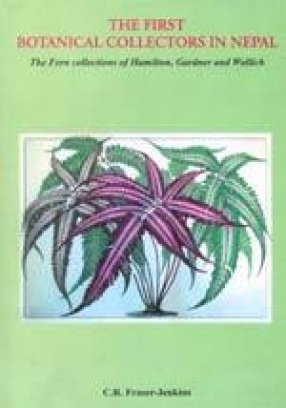
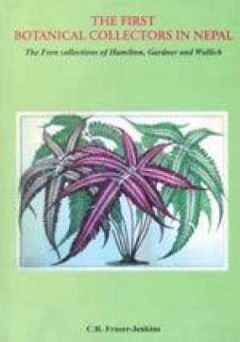

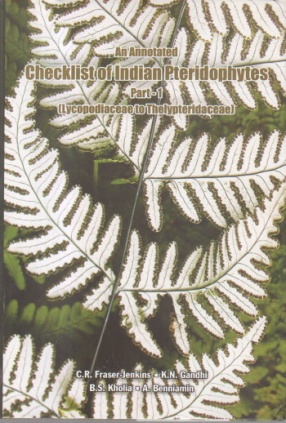
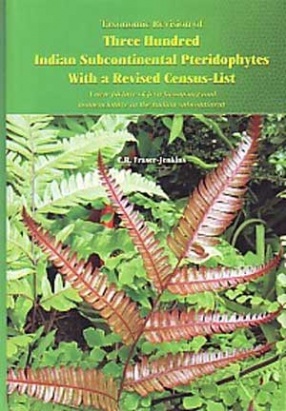


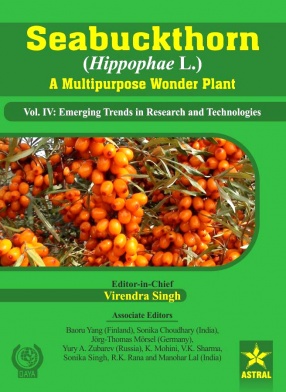
There are no reviews yet.